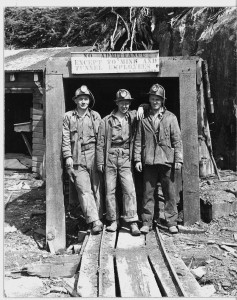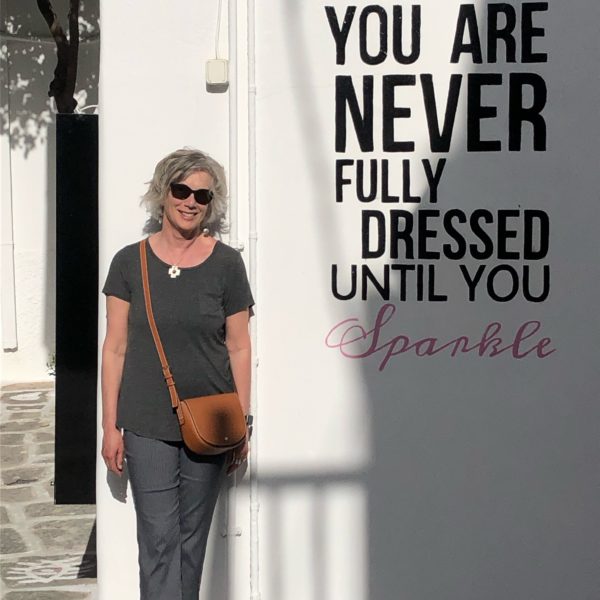

Yesterday was a great way to spend a rainy Sunday morning. My 17-year old dragged his blanket and pillow into the back seat of the car and after picking up my good friend Andreas Schroeder, we headed across the water on the 8:35 a.m. ferry and up the Sea-to-Sky Highway to the Britannia Beach Mine Museum.
Sean woke up as we pulled into the site and was fully engaged in the museum until we left again just before 1 pm. If a musuem can keep Sean occupied like that, I believe we can consider it a resounding success.
As part of the tour we rode the beat-up old mining cars into one of the tunnels with a wonderful guide named Bob. I was trying to imagine going to work into the dark like all those men did for so many years. It’s rather staggering to consider the conditions they lived in all day especially when you hear the noise of the drills. When Bob killed the lights for us to experience the kind of darkness they worked in; it was total. I don’t think those little candles would have been much comfort. Even the later headlamps wouldn’t have quite done the trick for me.
Our other friends, Don & Sandy McLeod met us in one of the archive rooms. Don added a great other layer to the history as he told us stories of what it had been like to grow up in the company town, Mount Sheer, that existed in virtual isolation above the mine until 1958.
The only access to Britannia Beach at that time was by steamship. The town became redundant after the railway and highway access was completed in 1956. Mount Sheer’s town was burned down after it was abandoned over fears that squatters would take over the buildings.
Don’s dad emigrated from Scotland to find work in this mine and was one of many immigrants from over 50 countries that dug out copper, gold, silver, lead, cadmium and zinc over the 70 years that the mill operated.
This lablog phase is part of a 14.7 million dollar restoration to help bring some of BC history to life. The 20-storey Mill building is a National Historic Site and one of the last remaining gravity-fed concentrator mills in North America. Restored in 2007, each of the 14,416 panes of glass was hand-puttied into the frames to maintain its heritage.
Prior to yesterday’s visit, I had no idea that there were 170 kilometres of tunnels and shafts in those mountains that we had driven by so many times. This is part one of a three-phase plan to create a great place to stop on the way up to Whistler. It’s definitely working. I recommend you stop…
The Britannia Mine Museum is open seven days a week and offers guided tours. Visit www.britanniaminemuseum.ca for more information.

